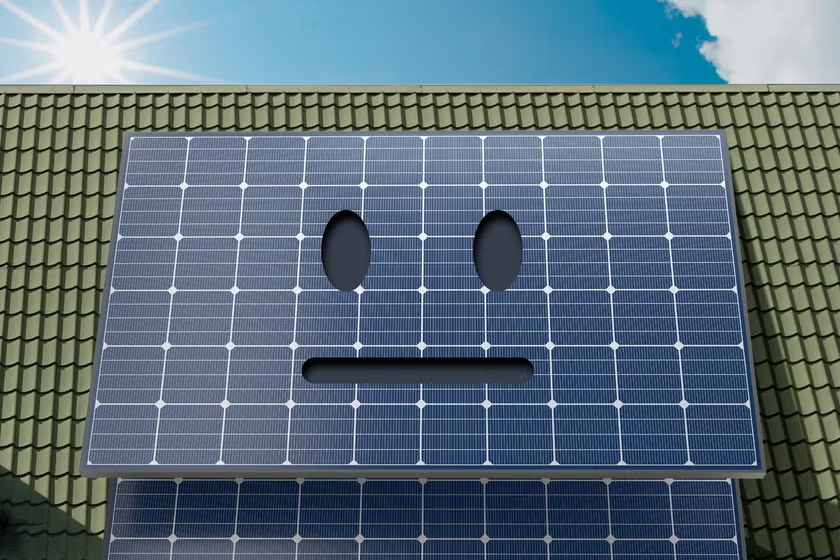Solar Power Isn't Over Yet
time:2024-03-04 10:21:17 Views:0 author:Jinan Freakin Power Ltd.
The industry is having a somewhat visible freakout. But broadly, it’s doing OK. To take it from recent headlines, it seems as though the global solar-power industry, following half a decade of record growth and governmental investment, flew just a bit too close to the sun. California, a longtime pioneer in solar development, has earned the most attention here: The tiny Golden State companies dedicated to rooftop-solar installation, assembly, and production are slashing thousands of jobs and facing bankruptcies, thanks to a steep drop in demand that, executives claim, is the direct consequence of reduced solar-boosting incentives from the state government. But it’s not just California: Home-security company ADT, based in Florida, recently decided to close its solar-installation arm after just three years. And larger solar firms across the country, like Texas-based Sunnova, are also facing financial headwinds, as Time magazine’s Alana Semuels noted in a report grimly headlined “The Rooftop Solar Industry Could Be on the Verge of Collapse.” About a dozen other states, including Idaho, are also cutting rooftop-solar benefits.

The broader market is facing troubles in solar-happy Europe too. After Germany’s last domestic solar-module producer announced plans to relocate to the United States, a regional solar association warned, “We’re about to lose the whole European [photovoltaic] manufacturing industry.” Other solar factories are either fully shuttering, planning to try their luck in the U.S., or begging European Union lawmakers for additional financial support, citing the challenges of a market suddenly saturated with cheap Chinese imports. This echoes calls from swing-state senators back in the U.S. for the Biden administration to raise its already-high tariffs on imports of key Chinese solar parts, even though many solar manufacturers dependent on those components claim this would harm their businesses. Meanwhile, prices for essential solar-panel elements, like silver, remain high, as do interest rates and disaster-insurance premiums, causing nervousness among potential investors.
However, on a wider scale, the solar sector is still ballooning and providing record amounts of green energy worldwide. Despite its manufacturing woes, Germany’s nationwide solar installation through 2023 beat expectations. Greece is well on the way to tripling its solar capacity by the end of the decade. China, the undisputed champion of solar, grew its economy last year primarily through rapid renewables development; by the end of this year, the country’s solar and wind output is set to finally outpace the rate of electricity generated from coal, assisted by innovations in ocean-floating panels. (Just one indicator of this success: In 2023 alone, China added more solar panels than the U.S. has ever deployed.) Worldwide renewables capacity grew much more in 2023 than in 2022, despite continuing post-COVID economic shake-ups in supply-chain stability, inflation, and hiked interest rates. North of the U.S. border, Canadian solar has become a hot investment vehicle. And even within the U.S., there are success stories in unexpected places: The most Republican voting district in the country is excited about a solar factory coming to town. Puerto Rico is expanding its rooftop-solar incentives, which have helped the territory to stabilize its grid. The Biden administration is setting aside millions of acres of Western public lands for utility-scale solar. Cooperatively owned solar systems are still taking off in both California and Texas, while the Lone Star State continues to beat records for solar-power production. The Tennessee Valley Authority just inked significant new contracts to expand its arrays of solar panels and batteries, and New Jersey passed a bill to curb limits on expanding community solar.




